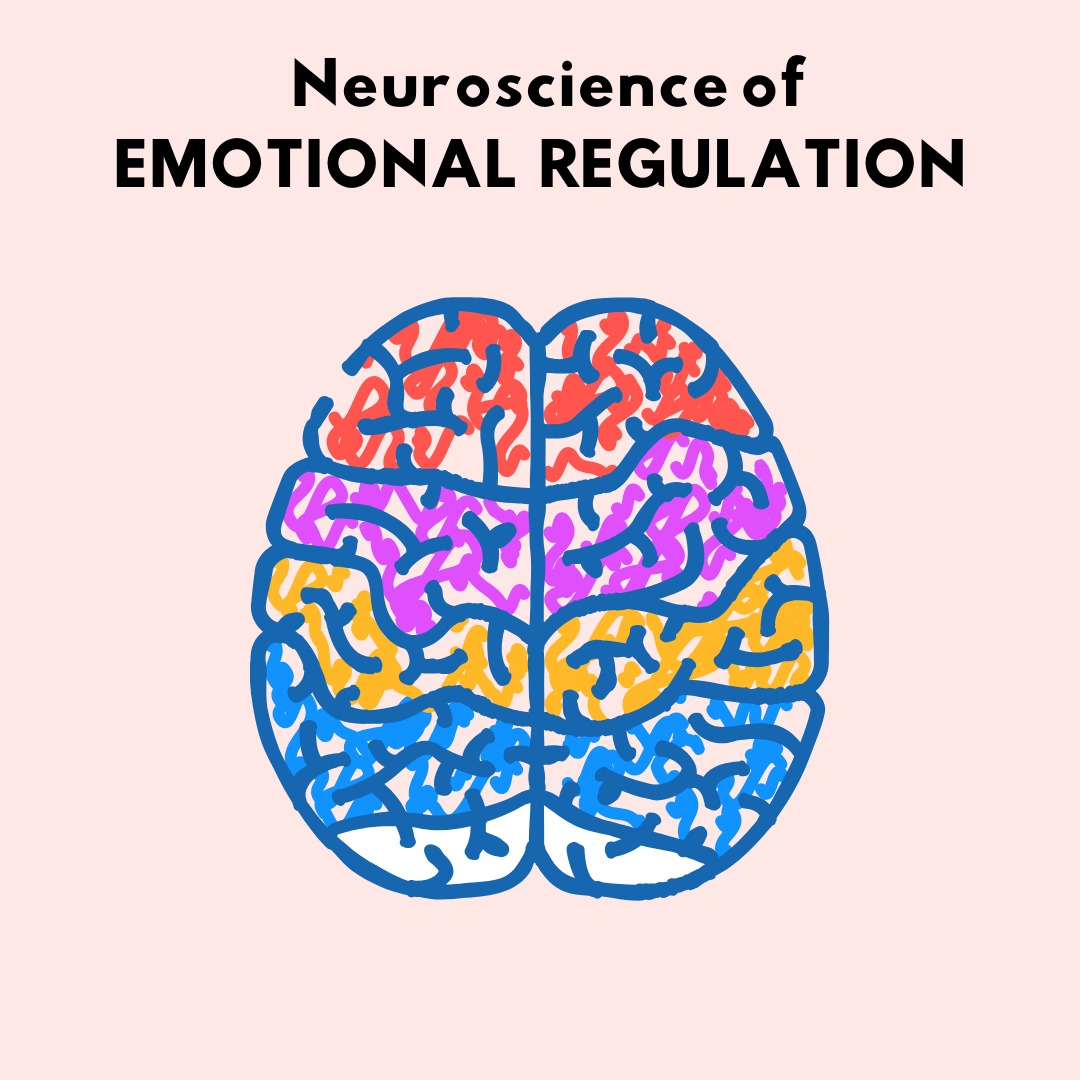
Advances in neuroscience, particularly functional magnetic resonance imaging (fMRI), have provided valuable insights into the brain mechanisms underlying emotional regulation. Emotional regulation involves a complex interplay between different regions of the brain, primarily the prefrontal cortex and the amygdala. fMRI studies have revealed how these areas work together to help individuals manage their emotions, offering a clearer understanding of both healthy regulation and dysregulation.
The prefrontal cortex plays a key role in controlling impulses and making rational decisions, while the amygdala is responsible for processing emotions, particularly fear and anger. When individuals regulate their emotions, such as calming themselves after a stressful event, the prefrontal cortex modulates the activity of the amygdala. fMRI scans show that individuals with better emotional regulation tend to have stronger connectivity between these regions, allowing them to manage emotional triggers more effectively.
Conversely, in people with emotional dysregulation, such as those with anxiety or borderline personality disorder, fMRI studies often reveal hyperactivity in the amygdala and reduced activity in the prefrontal cortex. This imbalance makes it harder to control emotional responses and contributes to heightened reactivity. These findings underscore the importance of therapeutic interventions, such as cognitive-behavioral therapy (CBT) or mindfulness practices, which aim to strengthen prefrontal cortex function and restore balance in the brain.
Neuroscience continues to deepen our understanding of emotional regulation, paving the way for more targeted treatments. By leveraging insights from fMRI studies, researchers and clinicians can develop strategies to enhance brain connectivity, helping individuals build resilience and improve their ability to manage emotions effectively.
Kanishka
